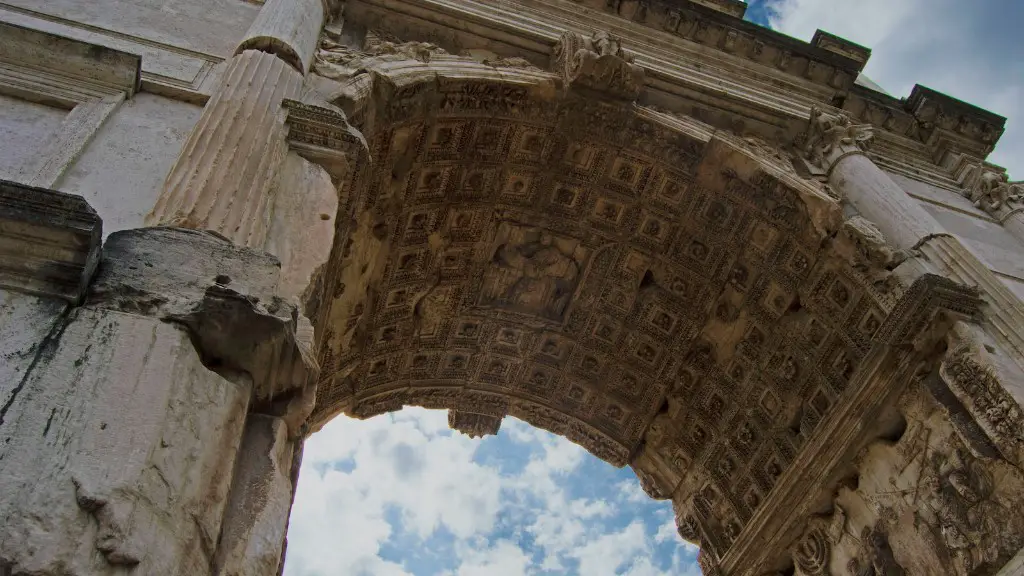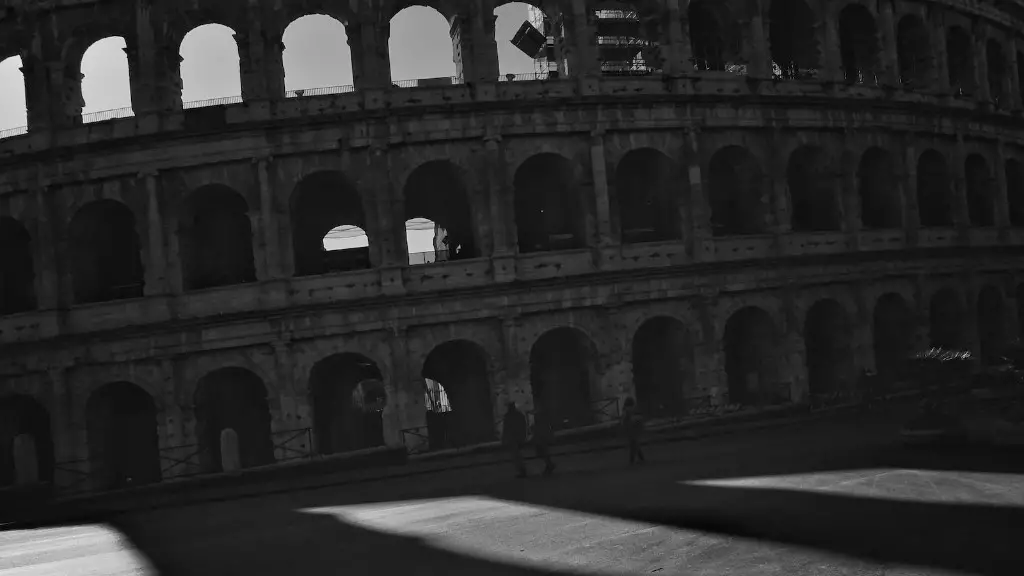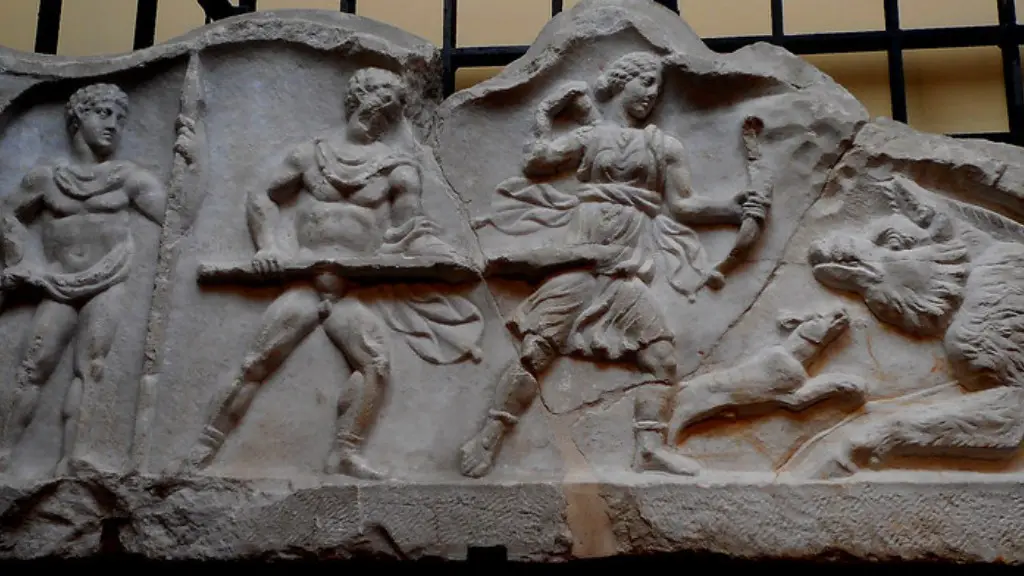Early Expansion
Ancient Rome began its journey of conquest in the eighth century BC. The city-state of Rome’s army was initially focused on taking control of or forming alliances with other cities in the region. Over the course of six centuries, it had conquered the broad region of Italy and expanded its empire to include a large swath of Europe, North Africa, and the Middle East.
The Roman Republic had a population of almost one million citizens during what is known as the Pax Romana, or the Roman Peace, in the first century BC. The reach of the Roman Empire would have been impossible without its unprecedented level of organization and mastery of engineering. Rome was a hub of transportation, well-built roads, and a military might which allowed the Roman people to quickly move and conquer large areas of land.
At its height, the Roman Empire extended from Britain in the west to Syria in the east, and from the Moroccan desert in the south to Germany in the north. This gave it control over a vast number of lands that had never before been unified. As a result of its expansive conquest, Rome was able to control vast amounts of resources and incorporate a diverse population.
Legacy of Ancient Rome
Today, the legacy of Ancient Rome can still be seen in countless artworks, monuments, and traces of their language that remain around the world. While major civilizations such as China and India flourished during the centuries under Roman rule, the empire was never able to totally eradicate the different cultures and languages of the lands it controlled.
In its time, Ancient Rome was a powerful and influential civilization. Its reach and influence on the world would shape the course of history. Naturally, this influence extended far beyond the bounds of the lands they had conquered. Scholars are still trying to unravel the mysteries of their political, religious, and economic systems.
The Roman Republic, with its fine engineering and legal framework, laid the groundwork for what could be the most influential western civilization to date. The infrastructure and advancements that they made, such as roads and aqueducts, are still admired today.
Social and Economic System
Rome’s social and economic system was centralized and managed by an upper class of citizens. This privileged class was given free land, slaves, and rights of transport to manage their affairs. With the rise of this system, the vast majority of the citizens of Rome were able to experience levels of prosperity and stability.
Further, the Roman Republic was able to gain control of resources from all of the conquered lands and use those resources to sustain their armies and citizens. This enabled them to maintain their empire for centuries.
The success of the Roman Republic was also due to their ability to assimilate the customs and cultures of the lands they conquered. This allowed them to keep control while respecting and accommodating the various cultures and religions of the peoples they had taken over.
Strategy and Tactics
The Roman Empire was able to expand and conquer an expansive area due to its masterful war strategy and tactics. Rome was able to use its military might to quickly move and conquer large areas of land.
The Roman military was well-trained and well-supplied, making it a formidable opponent. They also used their engineering feats to build roads, bridges, and other infrastructure that helped them to move and fight quickly and efficiently.
Rome’s strategy also included using diplomacy when possible. The Republic was politically and economically powerful, so they were able to forge alliances and build trust with other cultures and people groups to expand their territory.
Legal Framework
The law was an important factor in the success of the Roman Republic. Rome had a sophisticated legal system that was vastly more advanced than that of many ancient civilizations.
It was important to the Republic that all lands they conquered had the same laws and customs. To achieve this, Rome sent out governors and judges to all their territories to ensure adherence to their laws and customs.
These laws were also supplemented by the Twelve Tables, or tablets of the laws, which were fundamental Roman laws written down and made accessible to everyone. This allowed the people to know what was expected of them and helped to provide justice and maintain civil order.
Cultural Diffusion
The Roman Republic was able to expand and conquer such a vast land due to its cultural diffusion. This is the spread of culture from one place to another, either by conquest or a process of adoption and adaptation.
For example, Ancient Rome spread their language, Latin, throughout Europe. This eventually evolved into the language we know today as French, Spanish, Portuguese, and others. In addition, they also spread their religion, engineering feats, art, and other aspects of their culture to lands they conquered.
This type of cultural diffusion has made an immeasurable impact on the world today. We are still able to glimpse the influence of the Roman Empire in many aspects of Western European culture even today.
Fall of the Roman Empire
As with many empires, the Roman Republic eventually declined. The Roman Empire was spread too thinly to sustain itself, leading to its eventual fall in 476 AD.
The decline of the Roman Empire was a result of a variety of factors, such as political instability, military losses, and economic woes. Over time, the decline was also caused by its inability to maintain the same level of power and control it had at its height. This was mostly due to the constant influx of displaced people, who could not fit into Roman society.
The fall of the Roman Republic marked the end of an era. Yet its influence can still be seen today in many aspects of Western culture.
Influence of Ancient Rome on Today’s World
The influence of Ancient Rome on our modern world is hard to overstate. From the roads we use to the groups we form to the laws that govern us, the remnants of the Roman Empire are woven into the fabric of Western culture.
The concepts of the rule of law and democracy, for example, can both be traced back to the Republic. Its engineering feats and monuments still stand in awe today. Its language, Latin, has evolved and is still used in many places as the official language of government.
The legacy of Ancient Rome is vast, and its influence has been felt around the world for many centuries. Its legacy still touches us today in ways we may not even realize.


